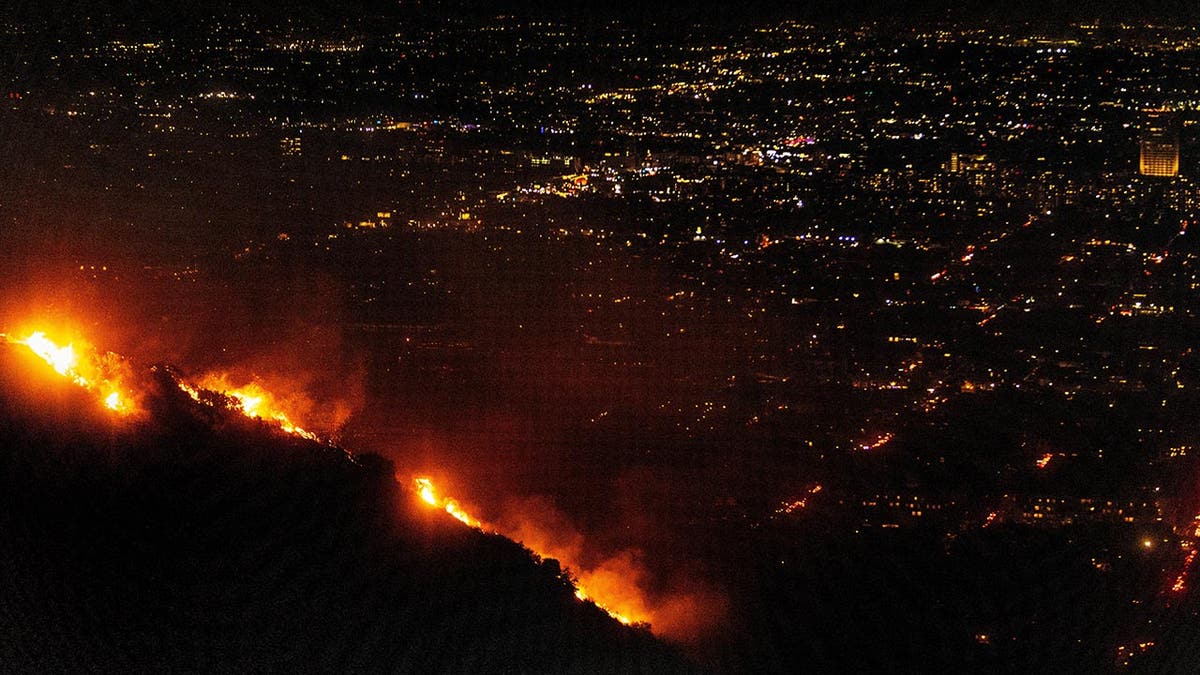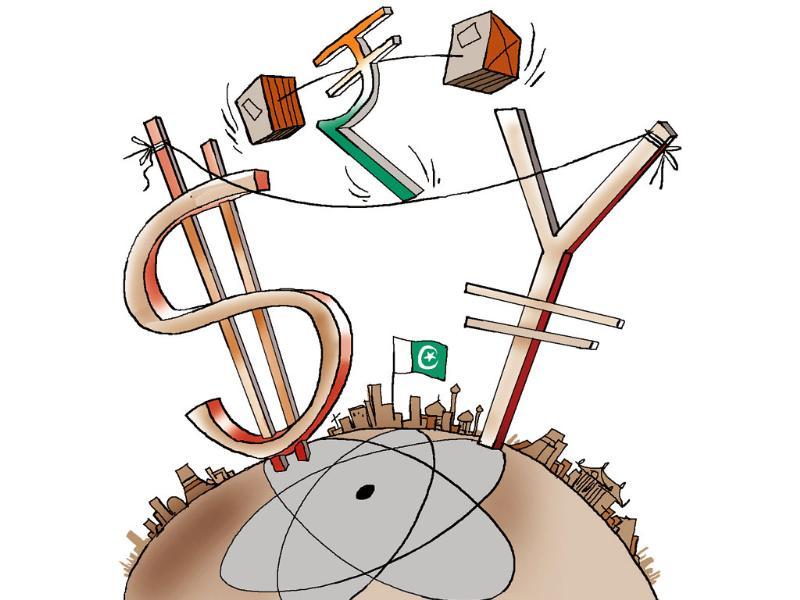Gambling On Calamity: The Case Of The Los Angeles Wildfires

Table of Contents
The Role of Urban Sprawl in Fueling Los Angeles Wildfires
Urban sprawl, the uncontrolled expansion of urban areas into surrounding undeveloped lands, is a significant contributor to the severity of Los Angeles wildfires. This encroachment into the wildland-urban interface (WUI) – the zone where urban development meets wildlands – creates a dangerous mix of human activity and flammable vegetation. Increased housing density in these fire-prone areas dramatically amplifies the risk.
- Increased ignition sources: More homes mean more potential ignition sources, including power lines susceptible to falling trees, discarded cigarettes, and malfunctioning appliances.
- Difficult access for firefighters: Dense housing developments in rugged terrain make it challenging for firefighters to access and combat wildfires effectively, slowing response times and increasing the extent of damage.
- Higher property values at risk: The concentration of valuable properties in the WUI increases the overall economic cost of wildfires, placing a significant strain on insurance providers and the local economy.
Effective fire risk assessment and responsible housing development practices within the WUI are crucial to mitigating the risks associated with urban sprawl. Careful planning, incorporating fire-resistant building materials, and creating defensible space around homes are essential steps toward reducing the impact of future Los Angeles wildfires.
Climate Change and its Impact on Los Angeles Wildfire Severity
Climate change is exacerbating the wildfire threat in Los Angeles. Rising temperatures and decreased rainfall are creating drier conditions, leading to longer and more intense fire seasons. This combination significantly increases the risk and severity of wildfires.
- Increased frequency of extreme weather events: Climate change fuels more frequent and severe heatwaves, droughts, and Santa Ana winds, all of which contribute to the rapid spread and intensity of wildfires.
- Higher fuel loads due to prolonged droughts: Extended periods of drought lead to drier vegetation, creating a vast amount of readily available fuel for wildfires. This increased fuel load allows fires to burn hotter and spread more rapidly.
- Faster fire spread due to stronger winds: Climate change can intensify wind patterns, such as the Santa Ana winds, leading to faster fire spread and making it more challenging to contain wildfires.
Understanding the influence of climate change on Los Angeles wildfire severity is paramount to developing effective long-term mitigation strategies. Addressing climate change itself is crucial in reducing the overall risk.
Forest Management and Wildfire Mitigation Strategies in Los Angeles
Effective forest management practices are vital for mitigating the risk of Los Angeles wildfires. This includes a range of strategies focused on reducing fuel loads and creating defensible space. While prescribed burns are a crucial tool for fuel reduction, their implementation faces challenges.
- Challenges in implementing prescribed burns: Concerns about air quality and public perception often hinder the implementation of prescribed burns, a necessary tool for reducing fuel loads in a controlled manner.
- The role of vegetation management: Creating defensible space around homes and communities by removing flammable vegetation is a critical component of wildfire prevention. This includes thinning overgrown forests and clearing brush.
- Importance of community wildfire preparedness programs: Educating the public about wildfire risks, developing evacuation plans, and providing training on fire prevention and suppression techniques are all essential aspects of community-level wildfire preparedness.
The Economic and Social Costs of Los Angeles Wildfires
The economic and social costs associated with Los Angeles wildfires are staggering. Beyond the immediate property damage and infrastructure destruction, the long-term consequences are far-reaching.
- Insurance costs and availability: The increased frequency and severity of wildfires have driven up insurance premiums and, in some cases, led to the unavailability of insurance coverage in high-risk areas.
- Impact on tourism and local businesses: Wildfires can severely disrupt tourism and the local economy, leading to business closures, job losses, and reduced revenue.
- Long-term recovery efforts and community resilience: The process of rebuilding homes, infrastructure, and restoring the environment after a major wildfire can take years and require significant financial and social resources. Building community resilience is vital to faster recovery.
Avoiding a Gamble with Los Angeles Wildfires – A Call to Action
The escalating risk of Los Angeles wildfires is a direct consequence of the interplay between urban sprawl, climate change, and inadequate forest management. The significant economic and social costs associated with these devastating events underscore the urgent need for proactive measures. We must move beyond a reactive approach and embrace a comprehensive strategy that includes responsible land-use planning, improved forest management practices, and increased public awareness of wildfire risks. Learn more about wildfire preparedness and mitigation strategies in Los Angeles; your participation is crucial for effective Los Angeles wildfire prevention and mitigating Los Angeles wildfire risk. Let's work together to reduce the gamble and protect our communities from the devastating consequences of future wildfires.

Featured Posts
-
 Why Middle Managers Are Crucial For Company And Employee Success
Apr 26, 2025
Why Middle Managers Are Crucial For Company And Employee Success
Apr 26, 2025 -
 Is Ahmed Hassanein Set To Become Egypts First Nfl Draft Pick
Apr 26, 2025
Is Ahmed Hassanein Set To Become Egypts First Nfl Draft Pick
Apr 26, 2025 -
 Chronology Of The Karen Read Murder Investigation And Trials
Apr 26, 2025
Chronology Of The Karen Read Murder Investigation And Trials
Apr 26, 2025 -
 Discover The Countrys Top New Business Locations
Apr 26, 2025
Discover The Countrys Top New Business Locations
Apr 26, 2025 -
 Stock Market Reaction To Chinas Economic Policies And Trade Disputes
Apr 26, 2025
Stock Market Reaction To Chinas Economic Policies And Trade Disputes
Apr 26, 2025
